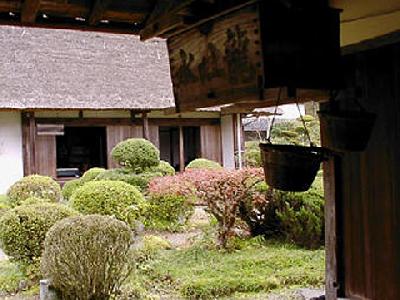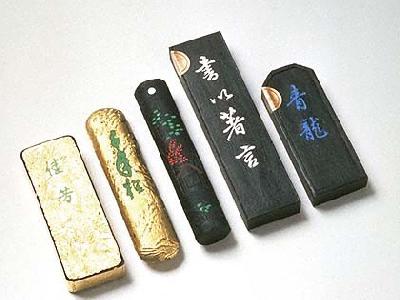|
Sasaoka House is an old private house located in Uda, Nara Prefecture. It is the former residence of the Sasaoka family, country samurai who governed nine villages in the Edo period.
The house was built in the Kanei period (1624-44). The fifth house owner, Gohe, won some contest of strength and got pine trees from the domain head. He used the pines to build the house, and the pole plates, too.
The roof is thatched and half-hipped and the wall is white and unembellished. This tells us something of the atmosphere of olden times.
The large garden is well taken care of and is beautiful in spring, when the cherry trees and other shrubbery blossom.
The house has been designated as a National Important Cultural Asset, while the 24th head of the Sasaoka family still lives here and manages the house.
You need to reserve in advance to see inside.
The house was built in the Kanei period (1624-44). The fifth house owner, Gohe, won some contest of strength and got pine trees from the domain head. He used the pines to build the house, and the pole plates, too.
The roof is thatched and half-hipped and the wall is white and unembellished. This tells us something of the atmosphere of olden times.
The large garden is well taken care of and is beautiful in spring, when the cherry trees and other shrubbery blossom.
The house has been designated as a National Important Cultural Asset, while the 24th head of the Sasaoka family still lives here and manages the house.
You need to reserve in advance to see inside.
| [+ADDRESS] | 
|













